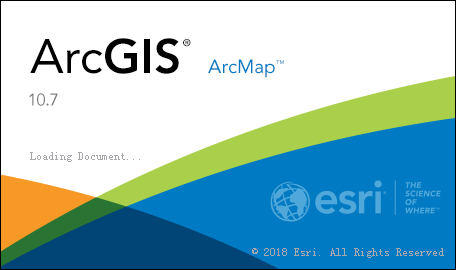Structural Analysis of Transport Networks: Understanding Connectivity and Efficiency
Introduction:
Importance of Structural Analysis in Transport Networks
2.1 Network Connectivity:
Understanding the connectivity of a transport network helps identify key nodes and critical pathways. This knowledge aids in identifying bottlenecks, improving accessibility, and optimizing routes for efficient transportation.
2.2 Efficiency and Performance:
The structural analysis allows us to assess the efficiency of a transport network by evaluating factors such as average path length, travel time, congestion, and capacity utilization. By identifying inefficiencies and optimizing network design, transportation planners can enhance overall performance and user experience.
2.3 Resilience and Robustness:
Analyzing the structure helps assess the network's resilience to disruptions, such as accidents, natural disasters, or increased demand. By identifying critical nodes and vulnerable links, transportation authorities can develop contingency plans and implement measures to ensure the network's robustness.
Methods for Structural Analysis
3.1 Graph Theory:
Graph theory provides a framework for analyzing and modeling transport networks. It represents nodes as vertices and edges as connections between them. Graph-based algorithms help measure network connectivity, identify central nodes, and calculate metrics like degree centrality, betweenness centrality, and network density.
3.2 Network Analysis Software:
Various software tools, such as Gephi, NetworkX, or PTV Vissim, facilitate the analysis of transport network structures. These tools offer functionalities to visualize, model, and simulate transportation systems, enabling in-depth analysis of connectivity, traffic flow, and network performance.
3.3 GIS and Spatial Analysis:
Logistics and Supply Chain: Designing efficient transportation routes to streamline the movement of goods.
Emergency Response: Identifying critical routes for emergency services and evaluating the impact of network disruptions.
Environmental Impact: Assessing the ecological and social impacts of new transport infrastructure projects.
the structural analysis of transport networks is an ongoing field of research, and advancements in technology and data analysis techniques will continue to provide new insights and opportunities for optimization.
Sources:Newman, M. E. J. (2010). Networks: An Introduction.
Derrible, S., & Kennedy, C. (2010). The complexity and robustness of metro networks. Physical Review E, 81(6), 066103.
PTV Group. (2021). PTV Vissim [Software]. Retrieved fromhttps://www.ptvgroup.com/en/products/ptv-vissim/


Comments
Post a Comment